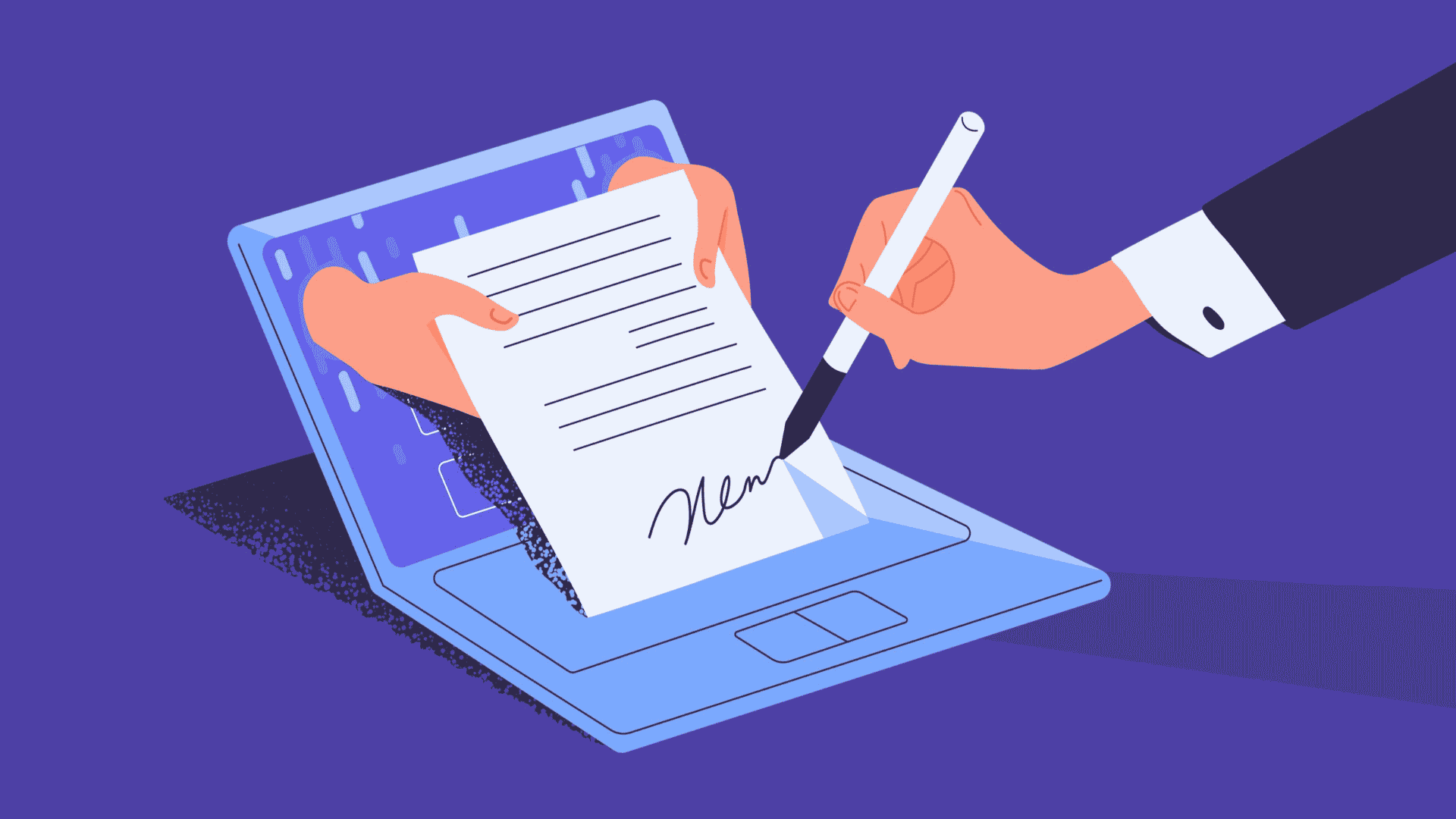Having worked at several organizations and dealt with many more vendors, I’ve seen my share of client-vendor relationships and their associated “gotchas.”
Contracts are complex for a reason. That’s why martech practitioners are wise to lean on lawyers and buyers during the procurement process. They typically notice terms that could undoubtedly catch business stakeholders off guard.
Remember, all relationships end. It is important to look for thorny issues that can wreak havoc on future plans.
I’ve seen and heard of my share of contract gotchas. Here are some generalizations to look out for.
1. Data
So, you have a great data vendor. You use them to buy contacts and information as well as to enrich what data you’ve already got.
When you decide to churn from the vendor, does your contract allow you to keep and use the data you’ve pulled into your CRM or other systems after the relationship ends?
You had better check.
2. Funds
There are many reasons why you would want to give funds in advance to a vendor. Perhaps it pays for search ads or allows your representatives to send gifts to prospective and current customers.
When you change vendors, will they return unused funds? That may not be a big deal for small sums of money.
Further, while annoying, processing fees aren’t unheard of. But what happens when a lot of cash is left in the system?
You had better make sure that you can get that back.
3. Service-level agreements (SLAs)
Your business is important, and your projects are a big deal. Yet, that doesn’t necessarily mean that you’ll get a prompt response to a question or action when something wrong happens.
That’s where SLAs come in.
It’s how your vendor tells you they will respond to questions and issues. A higher price point typically will get a client a better SLA that requires the vendor to respond and act more quickly — and more of the time to boot (i.e., 24/7 service vs. standard business hours).
Make sure that an SLA meets your expectations.
Further, remember that most of the time, you get what you pay for. So, if you want a better SLA, you may have to pay for it.
Get the daily newsletter digital marketers rely on.
4. Poaching
Clients and vendors alike are always looking for quality people to employ. Sometimes they find them on the other side of the client-vendor relationship.
Are you OK with them poaching one of your team members?
If not, this should be discussed and put into writing during the contract negotiation phase, a renewal, or at any time if it is that important.
I have dealt with organizations that are against anti-poaching clauses to the point that a requirement to have one is a dealbreaker. Sometimes senior leadership or board members are adamant about an individual’s freedom to work where they please — even if one of their organization’s employees departs to work for a customer or vendor.
5. Freebies
It is not unheard of for vendors to offer their customers freebies. Perhaps they offer a smaller line item to help justify a price increase during a renewal.
Maybe the company is developing a new product and offers it in its nascent/immature/young stage to customers as a deal sweetener or a way to collect feedback and develop champions for it.
Will that freemium offer carry over during the next renewal? Your account executive or customer success manager may say it will and even spell that out in an email.
Then, time goes by. People on both sides of the relationship change or forget details. Company policies change. That said, the wording in a contract or master service agreement won’t change.
Make sure the terms of freebies or other good deals are put into legally sound writing.
Read next: 24 questions to ask ABM vendors before signing the contract
6. Pricing factors
There are many ways vendors can price out their offerings. For instance, a data broker could charge by the contact engaged by a customer. But what exactly does that mean?
If a customer buys a contact’s information, that makes sense as counting as one contact.
What happens if the customer, later on, wants to enrich that contact with updated information? Does that count as a second contact credit used?
Reasonable minds could justify the affirmative and negative to this question. So, evaluating a pricing factor or how it is measured upfront is vital to determine if that makes sense to your organization.
Don’t let contract gotchas catch you off-guard
The above are just a few examples of martech contract gotchas martech practitioners encounter. There is no universal way to address them. Each organization will want to address them differently. The key is to watch for them and work with your colleagues to determine what’s best in that specific situation. Just don’t get caught off-guard.
Opinions expressed in this article are those of the guest author and not necessarily MarTech. Staff authors are listed here.

































You must be logged in to post a comment Login